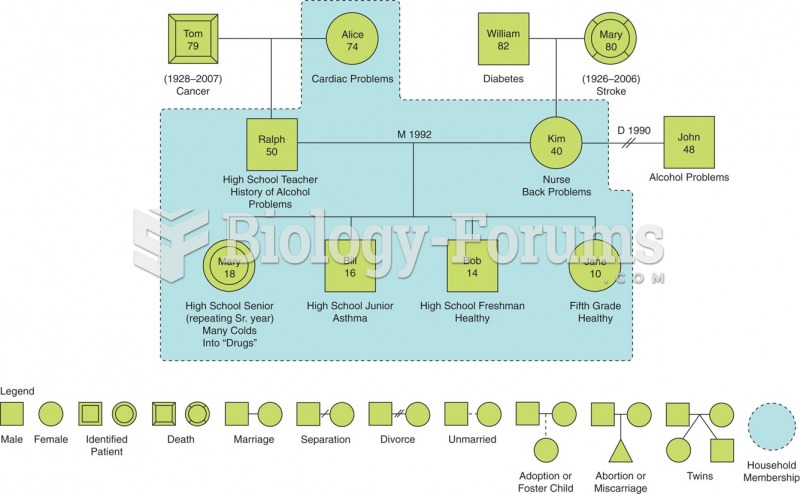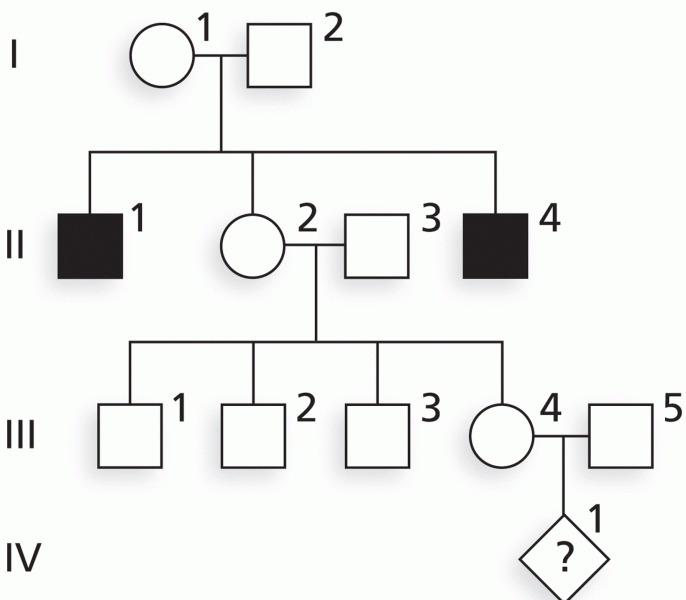|
|
|
Illicit drug use costs the United States approximately $181 billion every year.
During the twentieth century, a variant of the metric system was used in Russia and France in which the base unit of mass was the tonne. Instead of kilograms, this system used millitonnes (mt).
Certain chemicals, after ingestion, can be converted by the body into cyanide. Most of these chemicals have been removed from the market, but some old nail polish remover, solvents, and plastics manufacturing solutions can contain these substances.
Drying your hands with a paper towel will reduce the bacterial count on your hands by 45–60%.
Nitroglycerin is used to alleviate various heart-related conditions, and it is also the chief component of dynamite (but mixed in a solid clay base to stabilize it).
 he Blue-cheeked Bee-eater, Merops persicus, is a near passerine bird in the bee-eater family, Meropi
he Blue-cheeked Bee-eater, Merops persicus, is a near passerine bird in the bee-eater family, Meropi
 he White-throated Bee-eater, Merops albicollis is a near passerine bird in the bee-eater family Mero
he White-throated Bee-eater, Merops albicollis is a near passerine bird in the bee-eater family Mero





